More Than Decorations: How Sorbian Easter Eggs Sustain a Culture
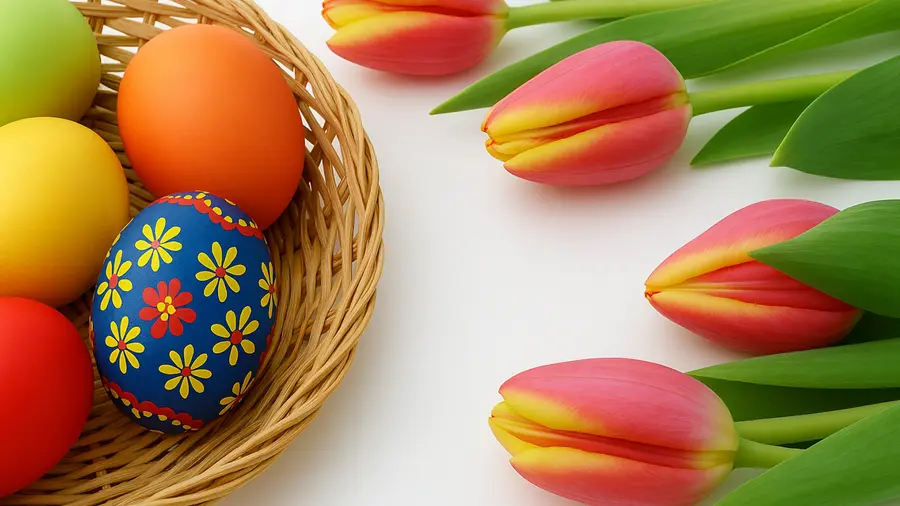
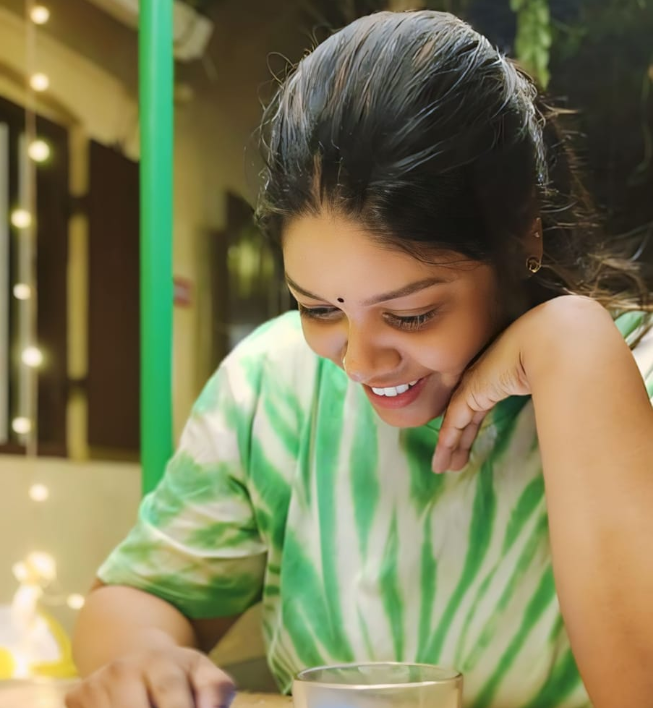
Anie Anna Thomas
Published on Apr 14, 2025, 01:38 PM | 4 min read
Schleife, Germany: In the stillness of an old cultural hall in Saxony, the gentle scent of beeswax lingers in the air. A woman in a vibrant red folk dress cradles an egg in one hand and a needle in the other. Dip, dot, repeat—the fine tool touches the yellow shell, leaving behind a trail of delicate blue wax. Slowly, a honeycomb pattern emerges.
This isn’t just decoration. It’s a story—heritage wrapped in color.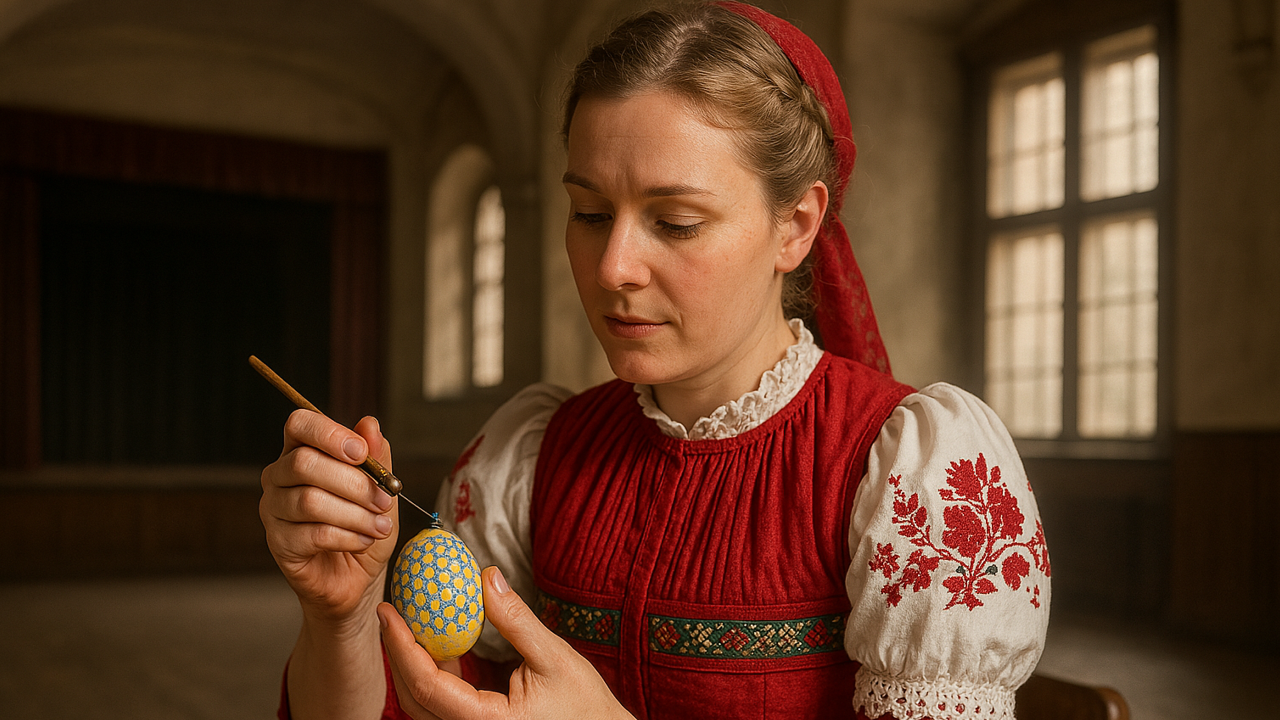
For the Sorbian community—a Slavic ethnic minority with roots stretching back over 1,500 years in Eastern Germany—Easter is more than a holiday. It’s the beating heart of cultural continuity. In villages across Lusatia, where Saxony and Brandenburg meet near the Polish border, Sorbian Easter traditions bloom like spring flowers: bold, sacred, and unapologetically vibrant.
The Art of the Egg
Among the Sorbs, Easter eggs are far more than festive ornaments. They are spiritual symbols, carriers of folklore, and quiet yet powerful reminders of identity in a fast-changing world. The eggs are decorated using ancient techniques, primarily the wax-resist method. Each step—applying wax, dipping in dye, layering color—is done entirely by hand. It’s a craft that demands patience, precision, and soul.
The resulting designs are mesmerizing. Spirals symbolize eternity. Suns promise life. Pine branches whisper blessings of health and longevity. And the honeycomb—a beloved motif—represents diligence and the virtue of hard work. It’s often used on eggs exchanged between godparents and godchildren, a gesture heavy with meaning.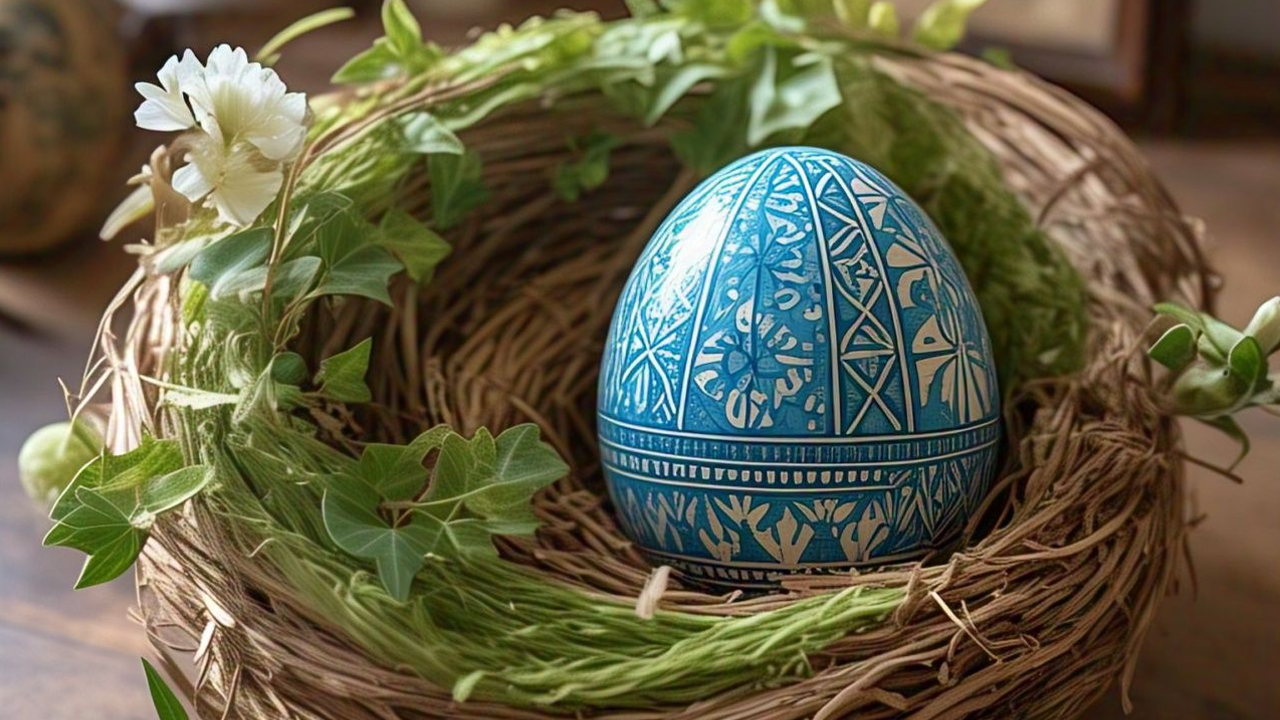
No two eggs are ever the same. And neither are the hands that make them.
Children begin with simple crayon drawings—some as young as two. As they grow, so does their skill. By adolescence, many are already adept at the complex layering of wax and dye. Some carry the tradition into adulthood, becoming artisans and teachers. For many Sorbian families, Easter doesn’t begin until fingers are stained with dye and the kitchen table is covered in quills, wax pots, and a rainbow of drying shells.
Crafting Identity
Roughly 60,000 Sorbs live in Germany today, most in close-knit communities where language, music, and ritual remain deeply rooted. Yet Sorbian traditions have endured centuries of assimilation pressure. Against that backdrop, Easter stands as a cultural stronghold—a time when Sorbian identity is not just remembered but celebrated.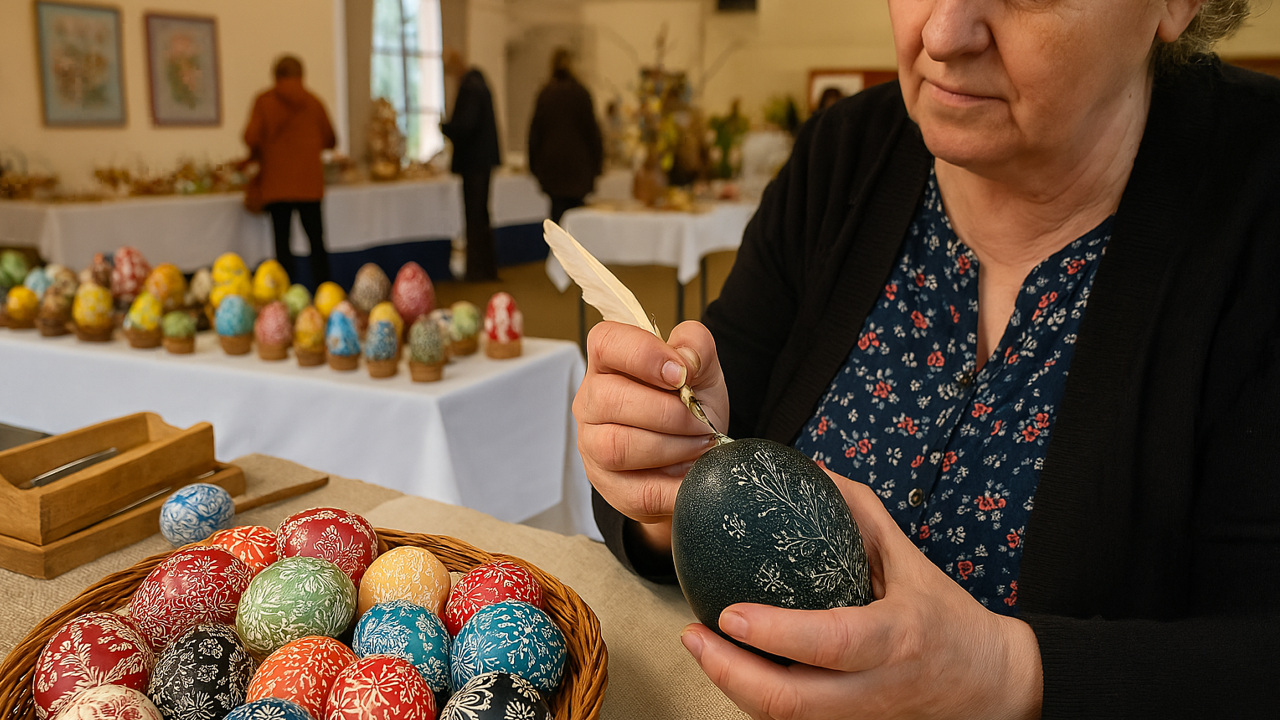
Each spring, the town of Schleife becomes a cultural epicenter. Local halls host exhibitions and Easter markets, where dozens of artisans showcase hand-decorated eggs—from dainty chicken eggs sold for a few euros to striking emu eggs priced at nearly a hundred. The tools are as varied as the styles: steel needles, goose feather quills, and the steady hands that guide them.
Some artisans spend six hours on a single egg. Others finish in ninety minutes. The difference lies not in complexity alone, but in the soul poured into the work. These eggs are not mass-produced—they are personal, intentional, and alive.
More Than Just a Holiday
While Christmas holds the spotlight in much of the Western world, for the Sorbs, that honor belongs to Easter. Families return to their villages. Folk songs echo down cobbled lanes. Community dances, solemn processions, and the scent of sweet Easter bread fill the air. And at the heart of it all is the egg—given, received, cherished.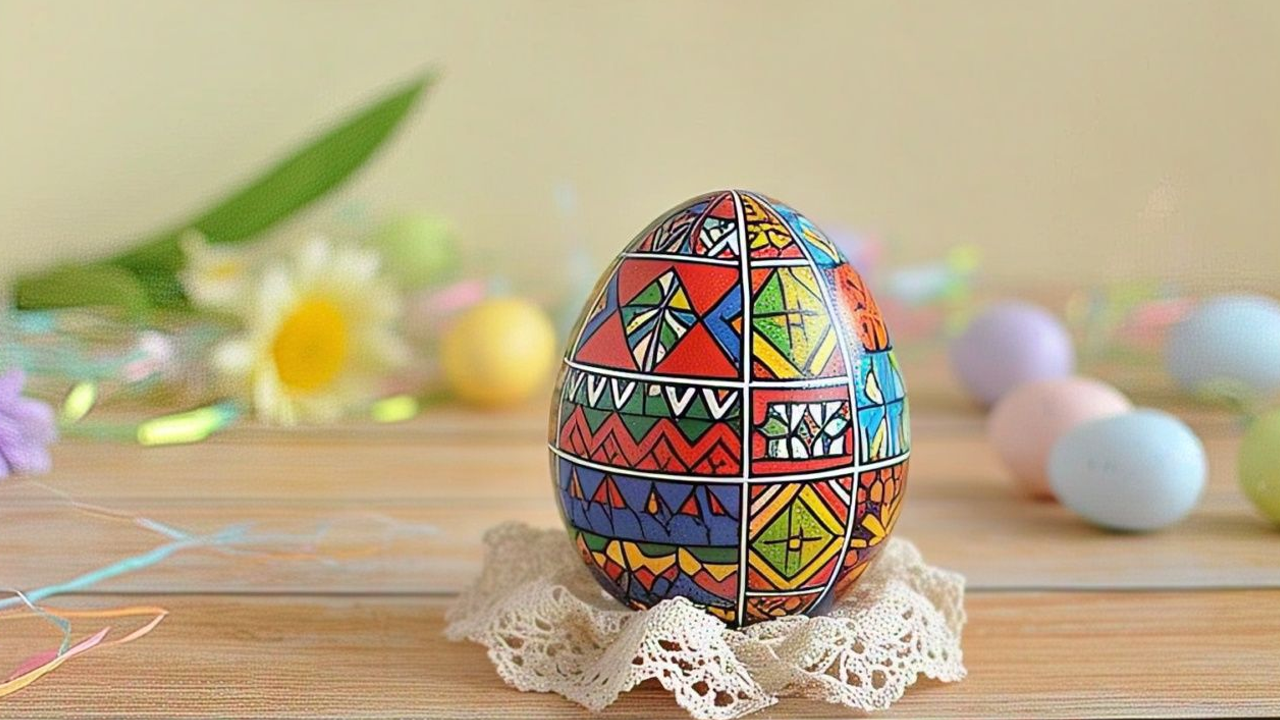
These aren’t just seasonal rituals. They are quiet acts of resistance and preservation. In a time when small cultures risk vanishing into history books, the Sorbs are painting theirs—one egg at a time.
Passing the Torch
The tradition is evolving, but its roots run deep. Young artisans now learn through school workshops, community programs, and family kitchens. Cultural centers offer bilingual classes, teaching not only the art of decoration but also the Sorbian language—ensuring that the symbols and the words that describe them survive hand-in-hand.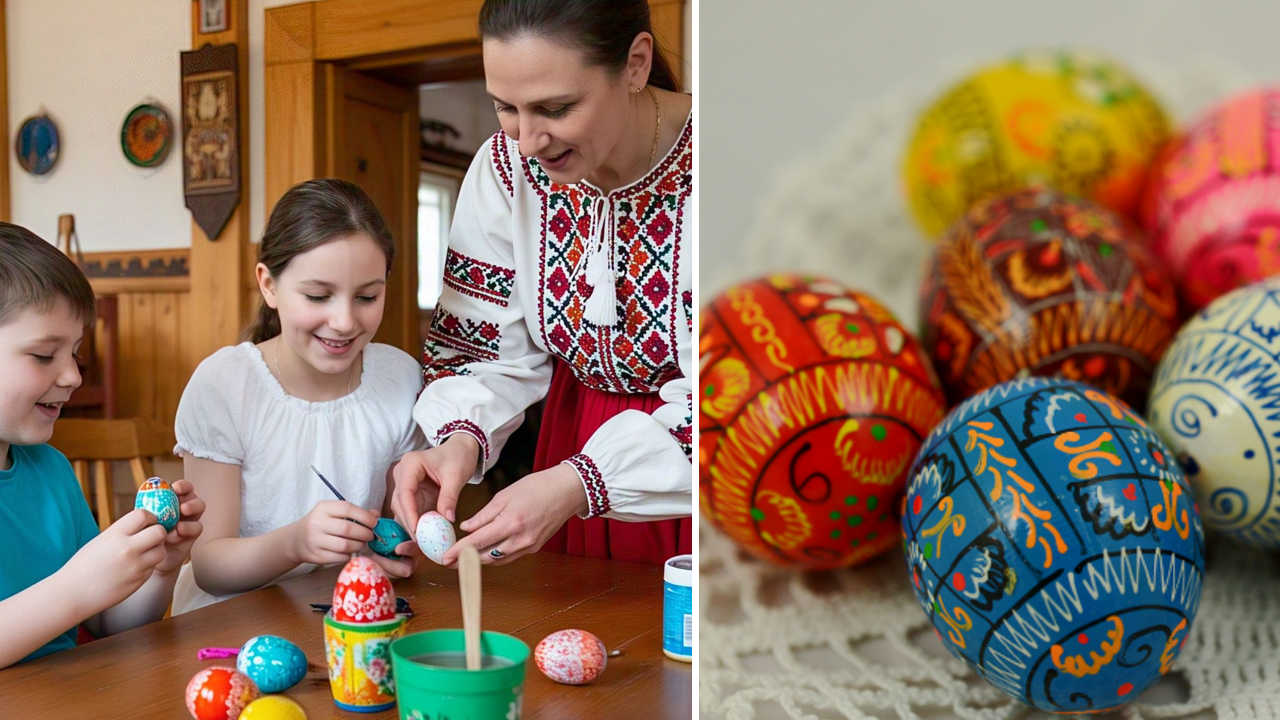
And it’s not just Sorbs who are captivated. Tourists from around the world travel to witness the tradition firsthand, often leaving with a new respect for the quiet resilience of a people determined to preserve their past.
What began as a springtime ritual of faith and renewal has become something deeper—a lifeline to a rich and storied heritage. In the gleam of an egg’s polish and the swirl of a wax-drawn spiral, you’ll find not just beauty, but identity, pride, and the unwavering spirit of a people painting their place in the world.




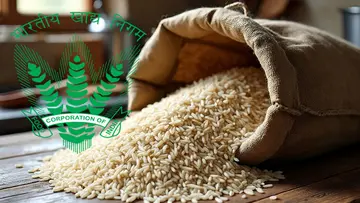





0 comments